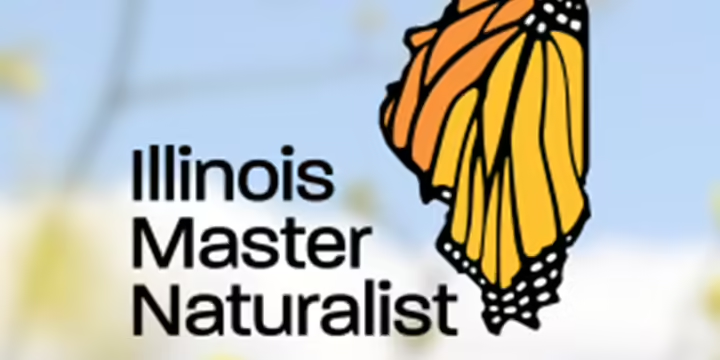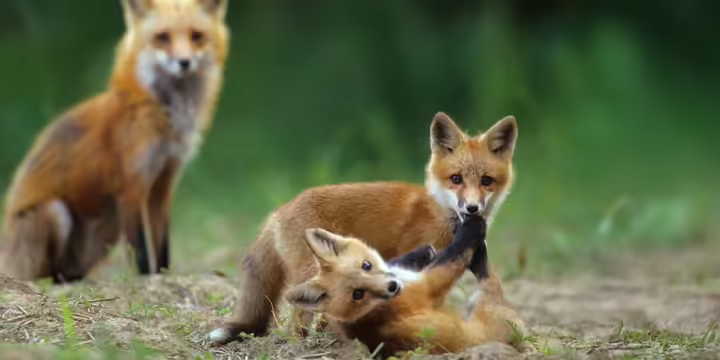
Animals
Non-native invasive species are one of the biggest global environmental threats, second only to habitat loss. Their damages cost the U.S. $120 billion every year. Non-native invasive animals are ecologically or economically damaging exotic species, introduced by humans to areas where they were not found historically. They can be introduced accidentally or deliberately and become established in the wild.
Many animals in Illinois, such as companion animals and livestock, are non-native species. Climate change also creates opportunities for non-native species, such as armadillos and nutria in Southern Illinois, to be introduced as they seek new habitats.
For a non-native species to be considered invasive it must have a negative impact on the environment, economy, or human health. Invasive species spread quickly and aggressively because they do not have the natural controls found in their native habitats. Their populations grow until they cause damage by changing the habitat and competing with native species for resources.
In Illinois, feral cats, European starlings, and Norway rats are common, widely spread invasive species and the state closely monitors for populations of feral swine.

Connect with your local Extension experts
Extension experts can help you identify species and make a plan of action for control. We have offices in every county.

Become a Master Naturalist
You can make a difference. Become an environmental steward by joining your local Master Naturalist program. share natural resource information with others in their communities and to assist with environmental conservation and restoration activities.

Learn About Illinois Wildlife
Learn about how you can support Illinois wildlife and navigate everyday enouncters with research-based information you can trust.


Peggy Anesi

Amy Lefringhouse
We have included several common and problematic animal species with Illinois environmental, agricultural, and horticultural concern on this website. It is not a comprehensive list.